Author: Xiaodong
Editor: Chris
On the evening of April 17, at 19:00, IM Auto held a launch event for the IM L7 Dynamic version, which was officially released.
At the same time, with a distance of 43,646 km, the IM L7 broke the world record for the longest electric car drift previously held by the Porsche Taycan (42,171 km).
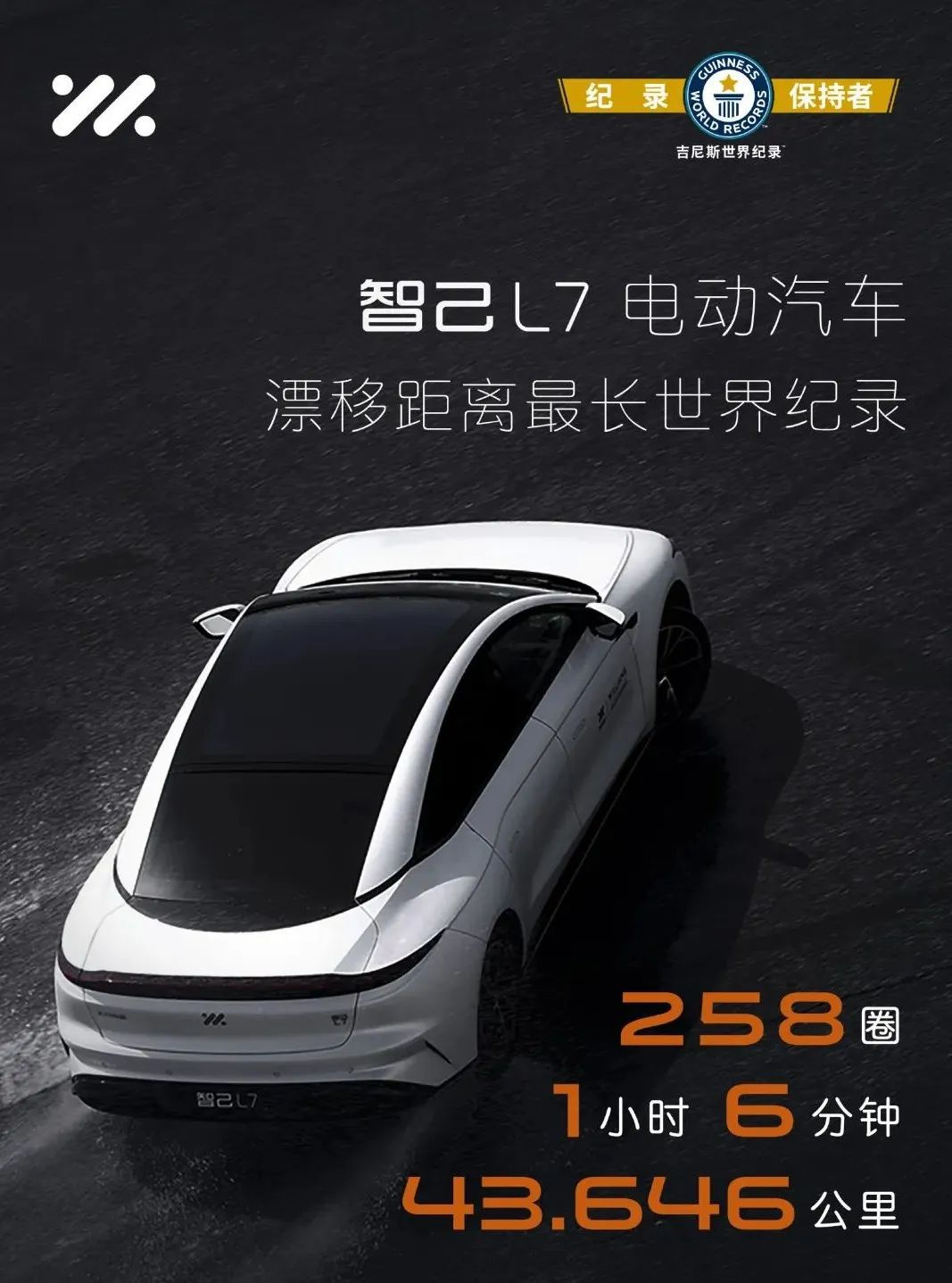
In addition, the official price of the L7 Dynamic version was announced as 368,800 RMB, with some differences in configuration from the previous A round and Angel round Pro versions, which are listed in the figure below.

After reviewing the configuration, let’s talk about this L7.
Aggressive Sports Style
Let’s start with the ET7 and L7.
The drag coefficient of the L7 and ET7 is very close, with the L7 being 0.21 and the ET7 being 0.208, and the vehicle length being exactly the same at 5,098 mm.
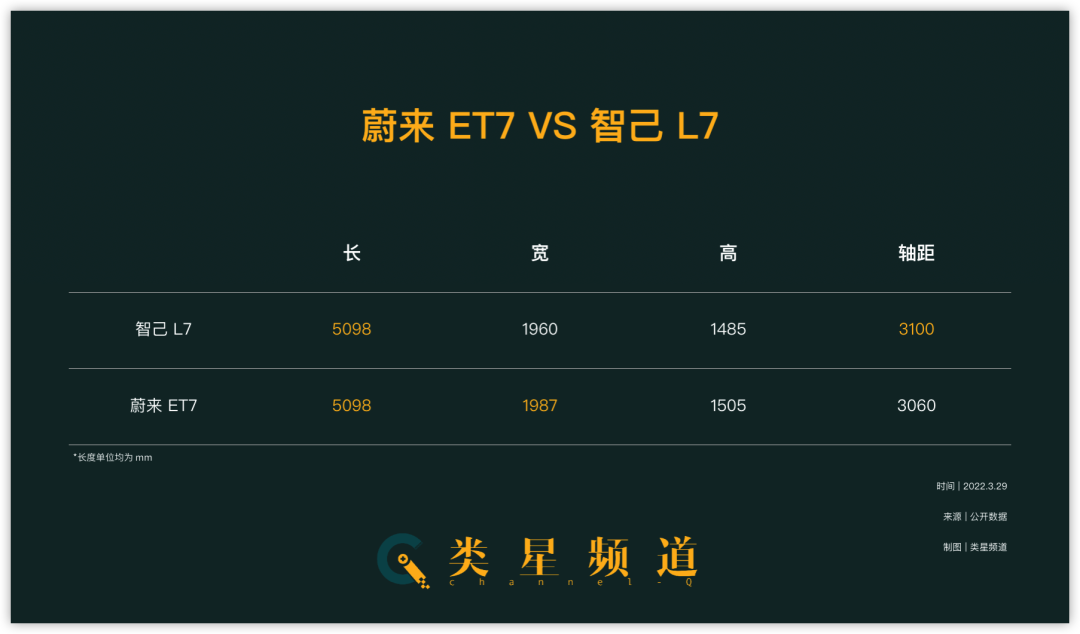
But “what goes around, comes around.” Due to the absence of constraints on the charging ecosystem and the “horizontally lying” design, the L7’s battery thickness is as low as 125 mm, resulting in a vehicle height that is two centimeters lower than that of the ET7. Coupled with a 3,100 mm wheelbase, the L7 is visually an extremely sleek midsize coupe, which is significantly different from the more executive design of the ET7.
In addition to its posture, the most noteworthy aspect of the L7’s design is perhaps the extremely aggressive E-symmetrical headlights. Without mentioning performance or riding comfort, just this headlight alone is enough to convey a clear message: the L7 is not a harmless and middle-of-the-road executive car, but a fighting-spirit-full sports car.
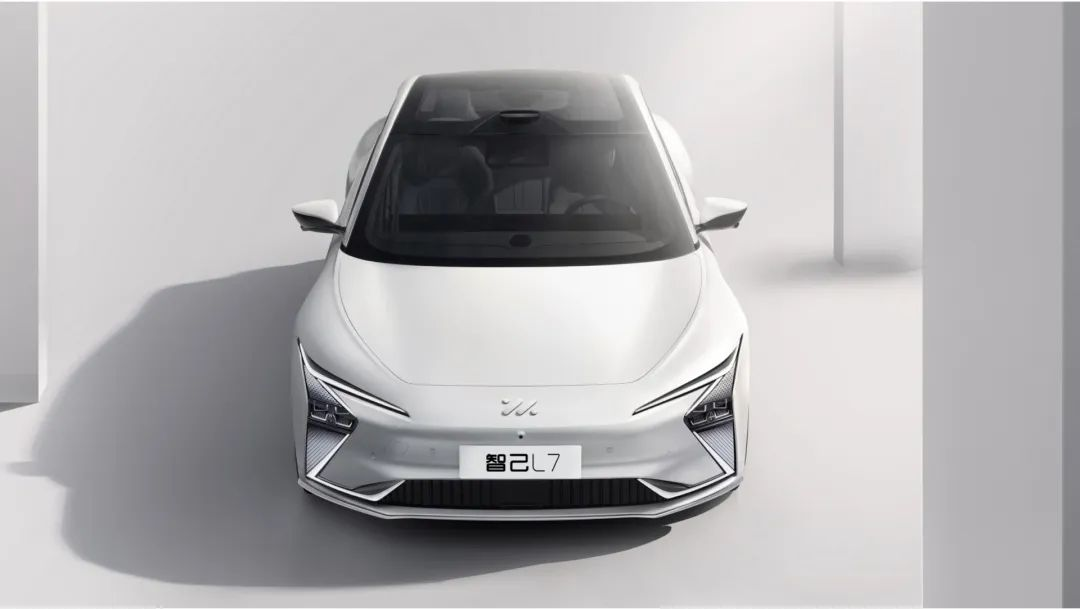
The DLP light projection headlight of the L7 Pro version has a unique feature. In addition to its design, the resolution of this headlight is up to 2.6 million pixels, and it can project interactive information such as custom vehicle language, navigation, and warnings, filling the experience with a sense of ceremony. Perhaps Maybach owners know more about this feature.Similar design language can be seen over the rear wheel arches, with wide shoulder lines similar to those on the Tesla Model S, as well as a diffuser that comes standard on the rear of the car. The running-through tail lights have a small angle on each side and exude a touch of British luxury carmaker Aston Martin.
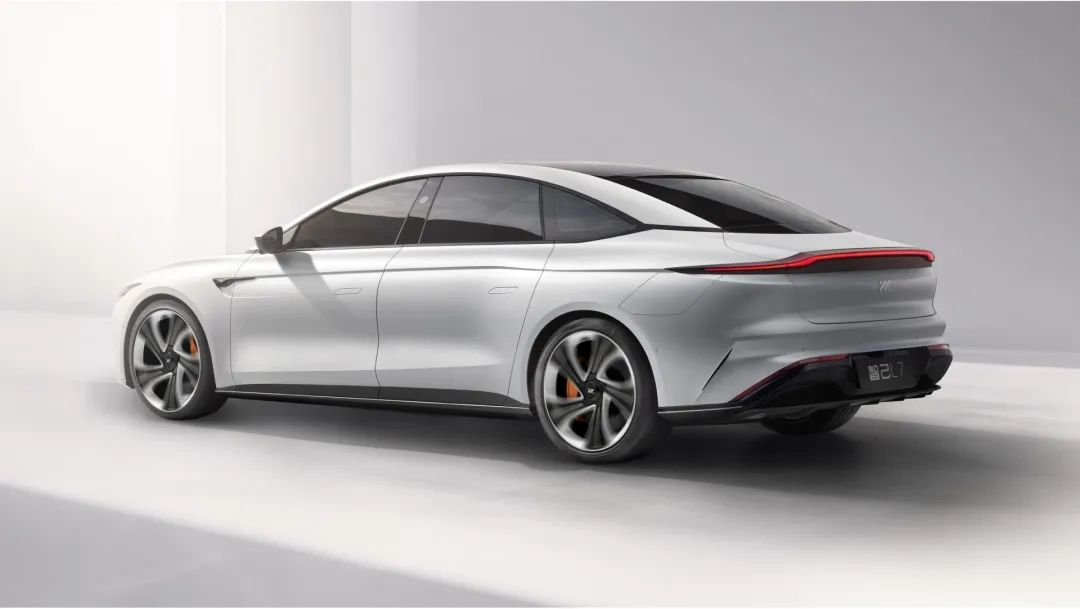
With a focus on “driving flagship,” the L7 is not all talk.
Of course, design serves both products and features, and pure design without strong sports configurations and related tuning is nothing more than castles in the air.
“Ridiculously Fast?”
To embody sports, the demand for a car is all-encompassing.
First, let’s talk about sports requirements. The L7 is equipped with a full-drive system with a total power of 425 kW, peak torque of 725 N·m, a standard 93 kWh battery pack across the range, and a 0-100km/h acceleration time of 3.87 seconds with a CLTC rated range of 615 km.
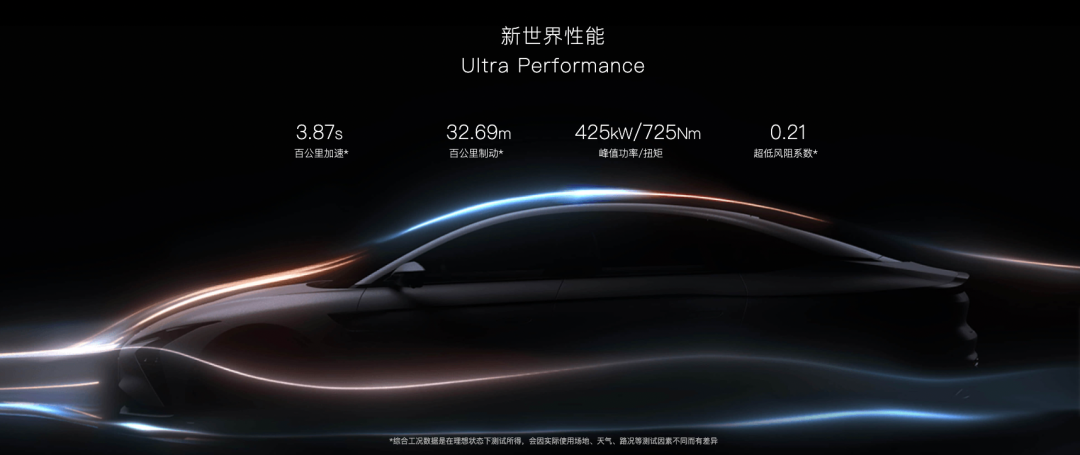
Of course, pure explosive performance is not enough. Few people know that the peak power of most electric motors can only last for about 10 seconds. A real sports car must have a powerful thermal management system design to be fierce and enduring on the track.
The electric motor of the L7 uses a cooling oil passage design called a “direct waterfall-type oil cooling” that cools the end of the motor by flowing from the core of the winding to the top of the motor. If you can’t understand this, it allows a significant improvement in the performance of the motor in high-power output track scenarios and enables “zero to 100” acceleration for more than 10 consecutive times.
Looking across the industry, only a few pure electric cars such as the Porsche Taycan and the Tesla Model S Plaid achieve such high performance. Meanwhile, the Brembo braking system equipped with the L7 allows this nearly 2.3-ton car to brake to a stop at 32.69 meters per 100km.
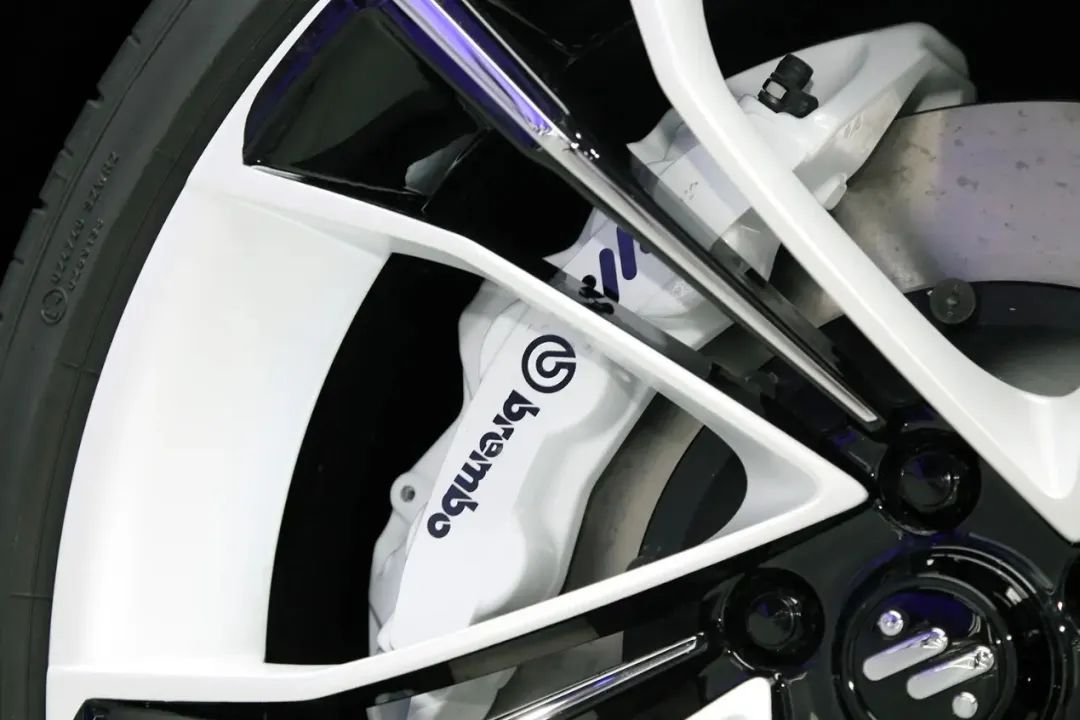
You may also have noticed that the L7 has a wheelbase of 3100mm, which increases the vehicle’s moment of inertia and increases the maximum turn radius, which is not good for handling around bends.To improve handling, L7 employs a combination of advanced engineering tune-ups by Williams, bi-directional rear-wheel steering with a maximum angle of 12 degrees, and double ball-jointed front double-wishbone suspension. Along with a 50:50 axle load distribution, a low center of gravity of 490 mm, and a wide track of 1664 mm, the handling of L7 is undoubtedly one of its highlights. The bi-directional rear-wheel steering allows L7 to achieve a turning radius of just 5.4 meters on a wheelbase of 3100 mm, almost comparable to that of the Golf.
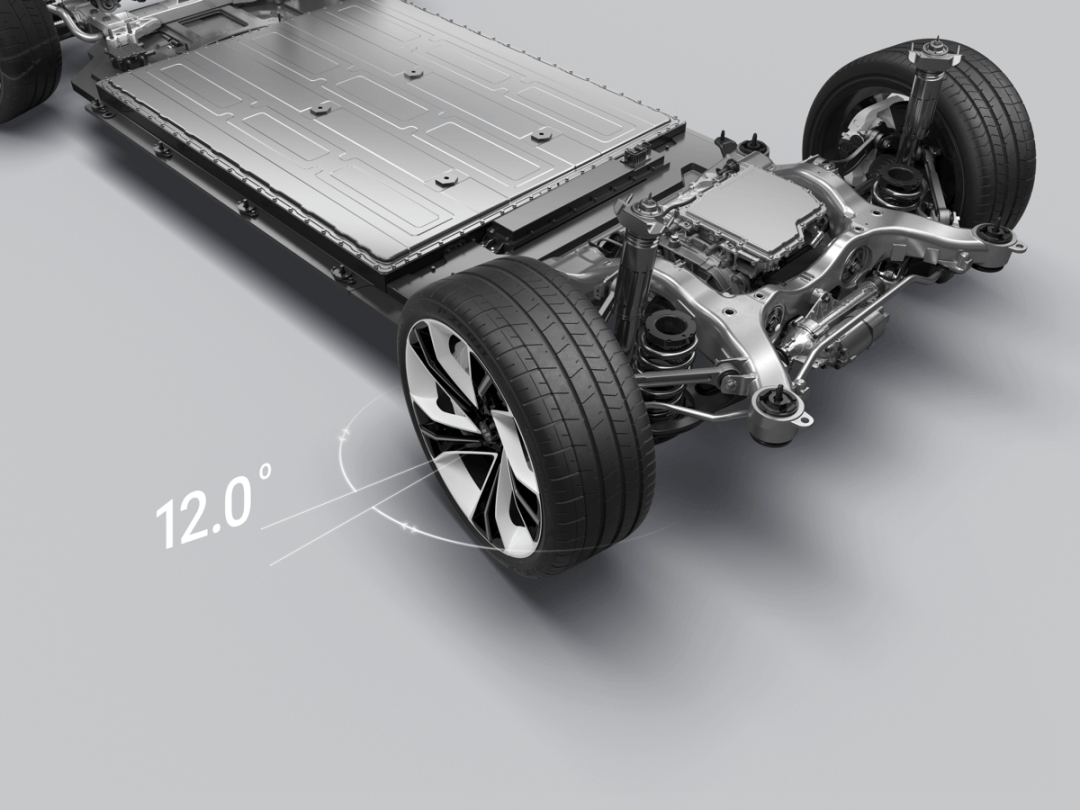
Of course, all of these may not impress you deeply. So L7 took itself to the Shanghai Tianma racetrack, a track more suitable for small cars, and proved itself with a time of 1 minute 12 seconds and 94 milliseconds, becoming the fastest original pure electric car of Tianma.
Inevitable Intelligence
Before discussing L7’s intelligence, let’s briefly talk about the industry. It is undeniable that China has the most fiercely competitive and healthy intelligent electric vehicle ecosystem in the world currently. One benefit of this intense competition is that though we know that “Ideals focus on products, NIO focuses on users, and XPeng focuses on intelligence,” you will find that the leading new car companies, each of them has good products, user relationships, and intelligence.
In other words, each brand must work very hard to build up full-stack capabilities. Take L7 as an example. Although intelligence and handling are not related, and intelligence even undermines the value of handling to some extent, in order to survive in the intense market competition, L7 has also invested heavily in the dimension of intelligence.
L7 has 12 ultrasonic sensors, 5 millimeter-wave radars, and 2 high-precision positioning units all over the car. The intelligent driving calculation platform is NVIDIA Xavier, and the car can be upgraded with a LiDAR and NVIDIA Orin platform in the future. With later OTA upgrades, L7 can achieve intelligent driving in the city and on highways. In terms of visual perception, L7 has 11 cameras, covering 4 360-degree surround-view cameras and 7 intelligent driving perception cameras.

In terms of software, L7 is equipped with the full-stack algorithm of Momenta, an intelligent driving company. Besides L7, Momenta has won orders from various brands such as General Motors, BYD, and Great Wall Salon. L7 is the first battle of Momenta in mass production algorithms on cars.Last July, IM conducted a 40-minute open road test of IM IM AD intelligent driving system based on L7 construction vehicles in downtown Shanghai and on expressways. Class Star Channel also followed up with analysis. Details can be seen in the video below.
On the front of the L7 vehicle, there is a small protrusion similar in shape to the NIO ET7 LiDAR. It is equipped with three cameras that can take 4K 60fps images and a smart Carlog car audio system. As for its usage scenarios, you may get some inspiration from information sharing platforms such as blogs and vlogs.
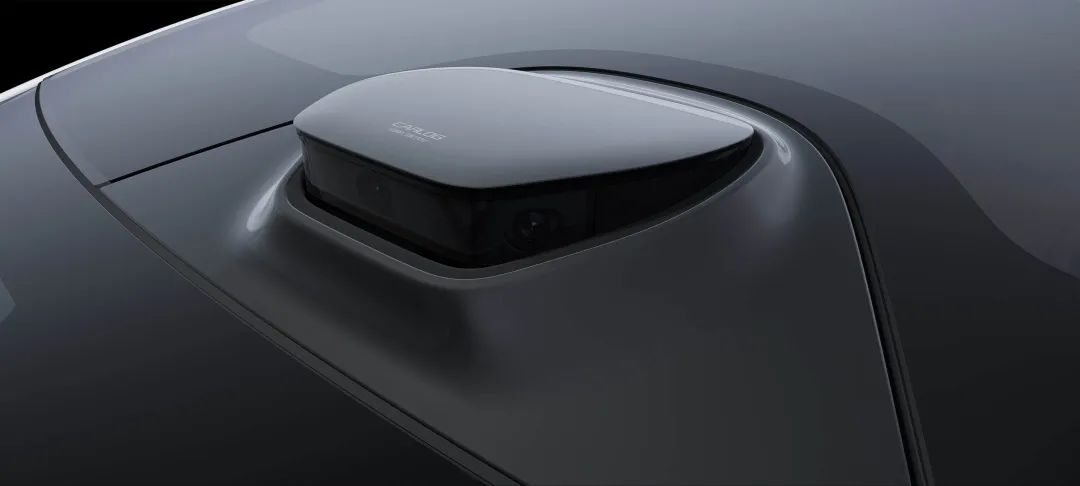
It is worth mentioning that the first-generation XPeng G3 also had a similar design for its retractable camera, but it was scrapped in the updated G3i due to its low usage rate after delivery. Now, the L7 takes over the legacy of the XPeng G3 and introduces a completely upgraded design. How much it will enhance the car’s playability remains to be seen, and we will further share with you after experiencing the L7.
Inside the car, the L7 is equipped with a digital cockpit system consisting of a dashboard, central control screen, co-pilot screen, and control screen. However, the three screens on the dashboard are not the ideal trinity screen as in the LianTu or Artemis models, but an independent design of a dashboard-central control-one-piece screen + co-pilot screen.
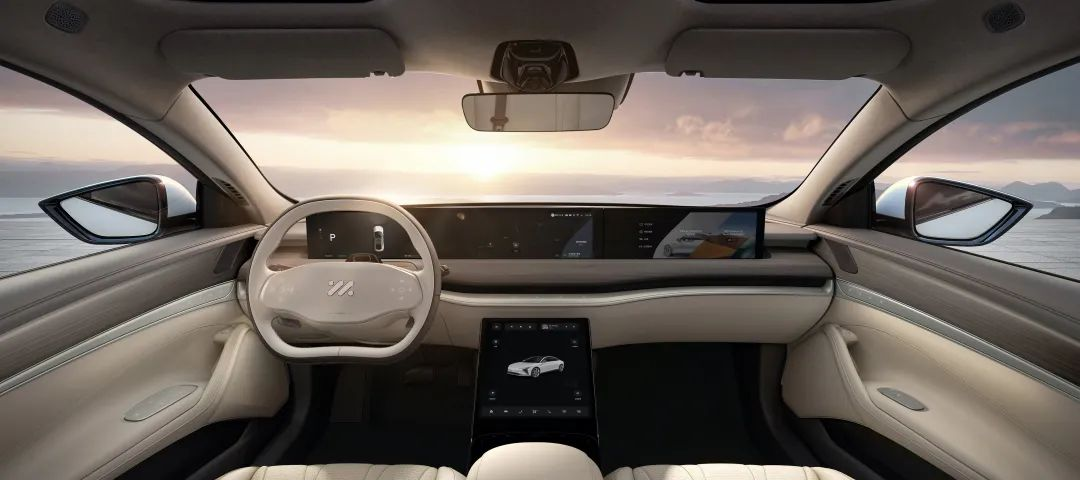
When you activate the L7’s “Supercar Mode,” the dashboard-central control-one-piece screen will automatically drop to half-screen, the CDC suspension system will harden, steering will become heavier, and the power output will increase. The brakes will become harder, the ambient lights will be linked, and the car will give off a V10 engine roar, fully showcasing its fighting spirit.
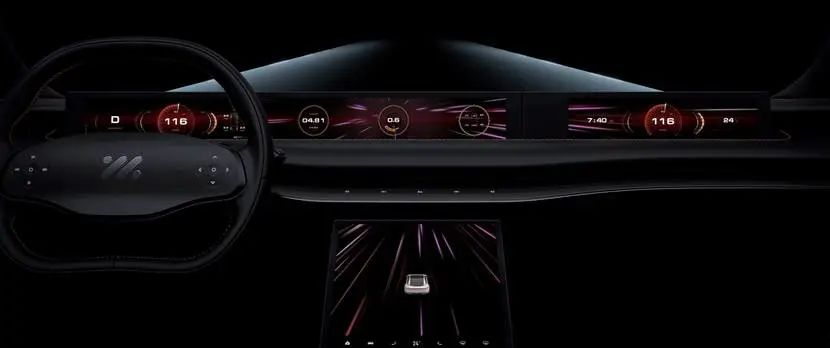 ## Translation
## Translation
Regarding the specific configuration, the central control screen in the dashboard has a resolution of 4320720, the passenger screen is 1920720, and considering the aspect ratio, the resolutions of the three screens are basically the same. The control screen in front of the armrest is a 12.8-inch AMOLED screen with a resolution of 1888*1728.
Three horizontal screens are driven by Qualcomm Snapdragon 8155 chipset. However, in terms of voice interaction, the L7 is equipped with a dedicated processing chip called Horizon J2 that can fully meet the independent voice interaction needs of the car’s four microphones, boasting 4 tops of computing power. This design also largely relieves the computing tasks of the 8155.
With regard to the audio system, the L7 is equipped with a 1120W audio system consisting of 22 speakers, which is comparable to the audio systems of NIO ET7 and LiXiang ONE. However, Smart Qin has not yet announced whether 1120W is the rated power or the maximum power, and this remains to be further confirmed.
Finally, a noteworthy detail is that the L7 is equipped with a wireless charging panel that supports 15W Qi charging and four USB Type-C interfaces (two of them support 15W charging and two support 60W charging). As a reader born after 2000, I can imagine the value of 60W fast charging! Not only is there a 15W wireless charging panel, there is also an 11 kW wireless charging station – yes, you read that right, 11 kW! The Smart Qin L7 is equipped with an adaptive whole-car wireless charging system. Why bother with charging guns?
Conclusion
Nowadays, it is not often that car models excel in handling, luxury, and intelligence. The Smart Qin L7 satisfies everyday space requirements with a 3100mm wheelbase, while excelling on the track with high performance and ultimate handling. In addition, it is also highly intelligent, with leading-edge intelligent driving and cabin technologies.
The price of the Smart Qin L7 Dynamic version has been reduced by 40,000 compared to the Pro version, making it more suitable for those who are not concerned about appearance. What do you think about the price of the Smart Qin L7 Dynamic version?
This article is a translation by ChatGPT of a Chinese report from 42HOW. If you have any questions about it, please email bd@42how.com.
